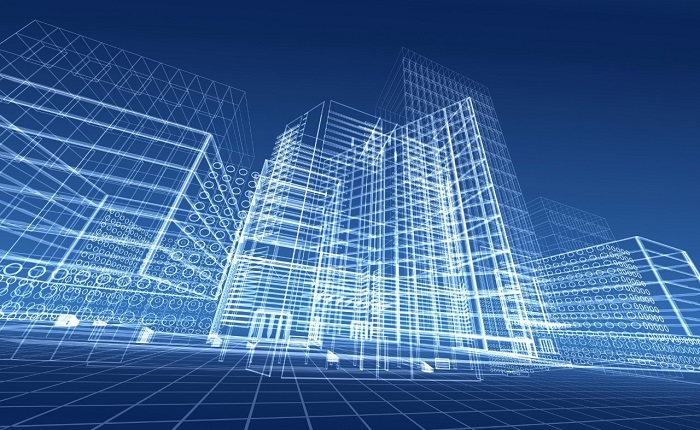Since the emergence of IoT-driven automation and smart technologies, the entire construction and infrastructure value chain has been revolutionized, although the traditional building management and control industry has been slow to implement and match the pace of innovation. Demand for smart buildings driven by the Internet of Things has never been greater due to a variety of factors including climate change, energy demands and the changing millennial workforce.


Building owners and managers are increasingly realizing that a building’s greatest value is determined by its occupants. We have now shifted our focus to buildings that are tailored to their occupants, and this is where smart buildings bring huge benefits. Smart building technology brings many benefits to owners and managers, such as remote control and energy efficiency, and it also provides occupants with a better experience than other buildings. The possibilities of this technology are vast and the buildings of the future, especially commercial properties, will be the smartest and most connected buildings in the IoT ecosystem.
What exactly is the Internet of Things? How can traditional building automation benefit from this?
Simply put, the Internet of Things is a concept in which any device can be connected to other devices and the Internet – it is essentially a network of everything connected to the Internet, and therefore can be harvested and collected from all these connected objects data and they can communicate with each other. These devices are equipped with sensors and then connected via a public network. Sensors help collect data which is then used to derive insights through data analysis.
Traditional building management systems work on computer systems that manage and track the control of a building, reducing energy consumption and ensuring facility managers handle operations better. However, traditional building automation systems and individual control systems (such as HVAC, security, lighting, etc.) are siled and isolated from each other. The data collected from all of these systems is not integrated, making it difficult for facility managers to get a complete picture of a building’s efficiency. Since traditional systems do not have an element of data analysis, the responsibility for analyzing the data lies with the facilities team. This means analyzing complex data in Excel worksheet after Excel worksheet, which can be time-consuming and prone to human error. Traditional systems can only collect data to automate certain operations, but cannot optimize performance.
Advantages of IoT
In an IoT-enabled Building Automation/Management System (BAS/BMS), data from various sources is brought together in one place to ensure analysis, even from outside the confines of the building.
For smart buildings, IoT collects and analyzes data collected from various smart devices that monitor energy consumption and usage. Based on this data, the system can determine the best course of action to ensure energy efficiency and occupant comfort. For example, sensors detect that certain areas are unoccupied and can communicate with switches to turn off lights and air cooling systems in that area. Likewise, air quality sensors can detect rising CO₂ levels and communicate with the HVAC system to use outside air to freshen the air inside the office. Buildings can also learn occupant behavior when certain patterns are repeated at specific times. For example, if more than 20 people gather in a conference room for a meeting at a specific time every Monday, the technology can prepare in advance by increasing ventilation for the 20 people and keeping all the lights on. The technology makes buildings smart and intuitive while saving energy. The improvement in efficiency can pay back the investment within 1-3 years!
The future of architecture is all about connectivity
According to relevant research, the global building Internet of Things market (now known as BIoT) will grow from US$34.8 billion at the end of 2017 to US$84.2 billion in 2022, with a compound annual growth rate of 19.4%. In addition, relevant surveys indicate that most CRE executives acknowledge that tenant experience is not the only factor in implementing IoT in buildings. They said that IoT and AI can reduce costs and improve operational efficiency, and facility managers, owners, operators or developers can save 30% to 50% of energy.
The survey also noted that the Asia-Pacific region will soon invest the most in smart building projects, mainly due to increased urbanization and developments in the green and sustainable sectors. The survey shows that Asia Pacific’s BIoT revenue share is expected to increase from 34% in 2017 to 36% by 2022.
The use of smart technologies such as the Internet of Things and cloud computing is a driving force behind the green building movement. As IoT-powered buildings reduce energy consumption and become more sustainable, they are becoming one of the greenest options for all stakeholders. “World Green Building Trends” stated that intelligent building automation systems driven by the Internet of Things will play an important role in this green future.
Therefore, IoT will be a game changer as far as building automation systems are concerned. IoT can enable the building management system to become an intelligent intelligent entity that can react to changing situations and predict what’s next.